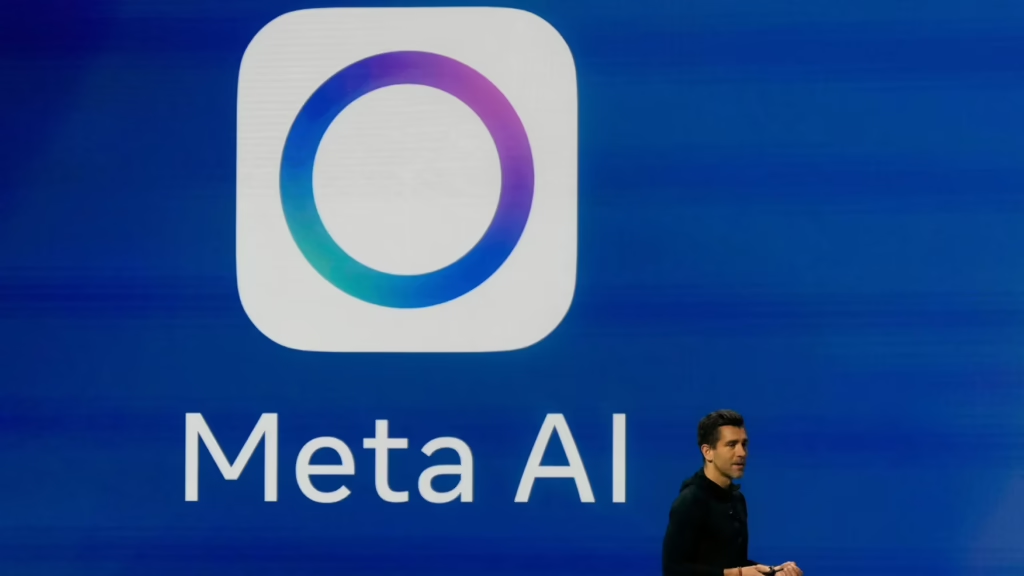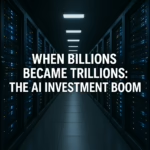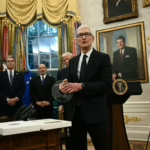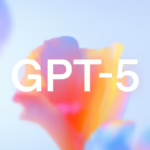- Meta launches Vibes, an AI-native short video platform that integrates with Instagram and Facebook stories.
- Creators can generate, remix, or stylize video content using built-in generative models and share across Meta’s apps.
- The move follows Meta’s internal AI reorganization and is tied to its efforts to monetize AI tools via new content and ad formats.
On September 25, 2025, Meta Platforms quietly unveiled a new AI-powered short video platform called Vibes, positioning it as a generative content layer atop Instagram, Facebook, and Meta’s AI app. The goal: to make video creation more accessible, more dynamic, and deeply integrated with Meta’s broader vision for AI-first social media.

A Generative Playground for Creators
Vibes gives users three core modes for video creation: generate from scratch using AI, remix existing Vibes content, or augment personal footage with AI effects and music. The platform’s editing stack allows creators to overlay visuals, audio, transitions, and stylization—whether regenerating one’s own content or reworking others’ videos.
Crucially, content made in Vibes can be posted back to Meta’s major properties—Instagram Reels, Facebook Stories—or remain native to Vibes. This cross-posting capability aims to reduce friction between creator ecosystems and help Meta drive adoption.
Meta says the feature is available via its Meta AI app and on meta.ai for web users.
From Reorg to Ambition
The launch of Vibes comes after a strategic reorganization inside Meta in June 2025, when the company merged its AI research and product groups into a division called Superintelligence Labs. That restructuring stemmed from challenges with scaling its open Llama 4 model and the exit of key research engineers.
Meta sees Vibes as more than a content app—it is a lever for monetization. The company intends to layer new forms of image-to-video advertising, creator monetization tools, and eventually tie it into hardware (like smart glasses) and immersive content experiences.
According to Reuters, Meta’s decision aligns with its larger AI & content dual strategy: accelerate AI innovation while capturing value by embedding AI deeply in social and content systems.
Stakes, Risks & Opportunities
Vibes enters an intensely competitive short-video landscape, dominated by TikTok, YouTube Shorts, and Instagram Reels itself. The generative twist is what differentiates it—but also invites challenges.
- Quality control & misuse: Automatically generated content may produce undesirable or low-quality results. Moderation and content filtering will likely be key.
- Attribution & copyright: Remixing or regenerating content inherently raises questions about authorship, derivative rights, and platform policies.
- User adoption: The network effect is strong in video platforms. Convincing creators to adopt a new tool—especially when they’re already established elsewhere—will be an uphill battle.
- Revenue model timing: Meta will need to balance getting creators and users hooked first before it can reliably monetize via new ad formats or premium creator tools.
On the upside, Vibes could unlock new forms of engagement: seed content creation from casual users instead of editing jobs, push AI models to learn better media generation, and entrench Meta’s content stack at deeper levels of creation.
Broader Implications
Meta’s move underscores a broader shift: social platforms are no longer just curation engines; they are evolving into AI-native creative platforms. The next frontier is not just distribution of content, but generation of content.
If Vibes gains traction, it could pressure rivals to integrate generative tooling into their own video ecosystems—and upset the dynamics between creator tools (like CapCut, Adobe Express) and platforms themselves.
The Final Take
With Vibes, Meta is signaling its intent to lead creation as well as distribution. The success of this vision hinges not only on how well the AI works—but whether creators, advertisers, and users embrace this generative future.
If it sticks, Vibes could be the first wave of a new era where social media isn’t just about posting content—but about instantly creating it with AI.



